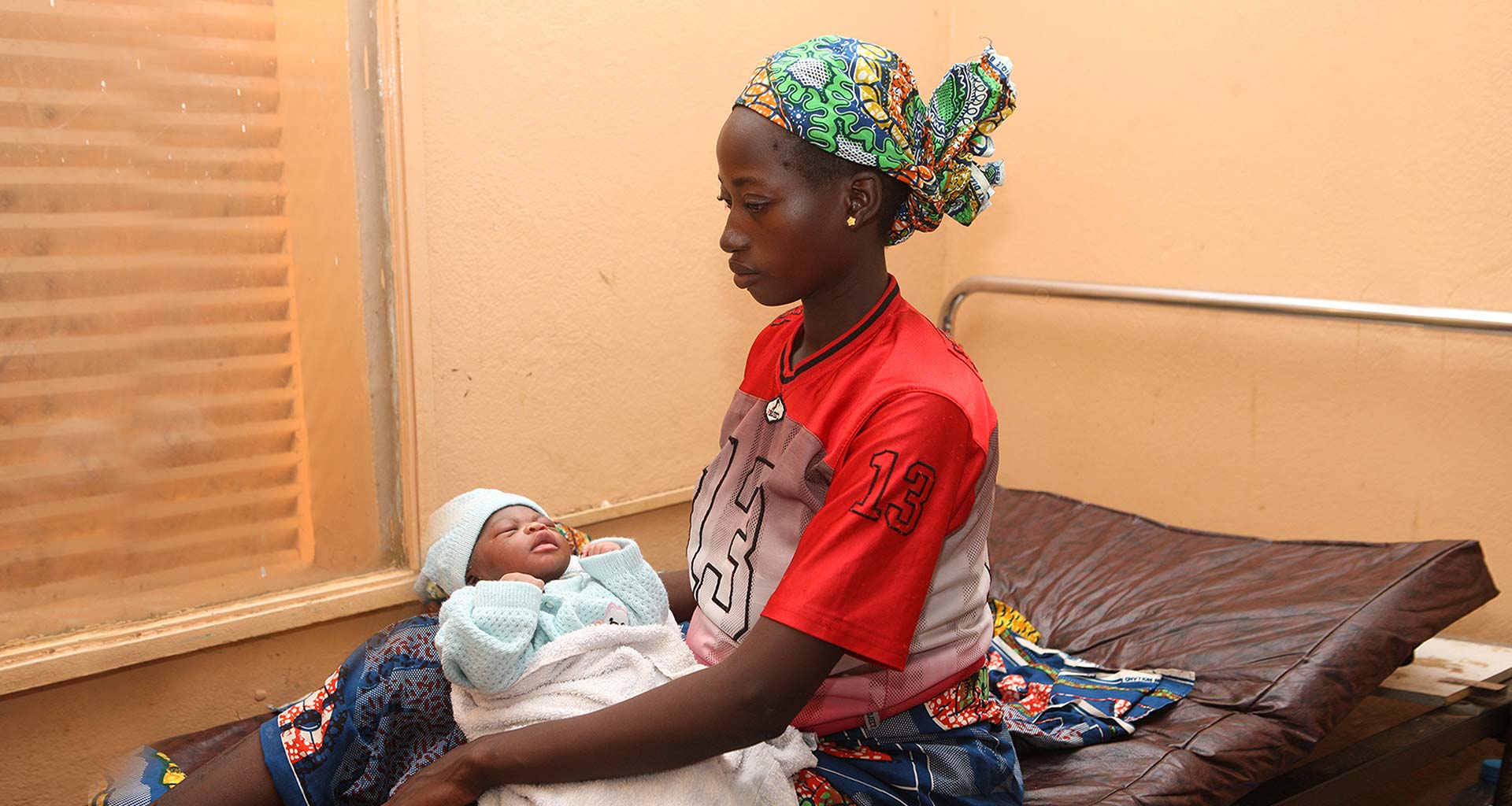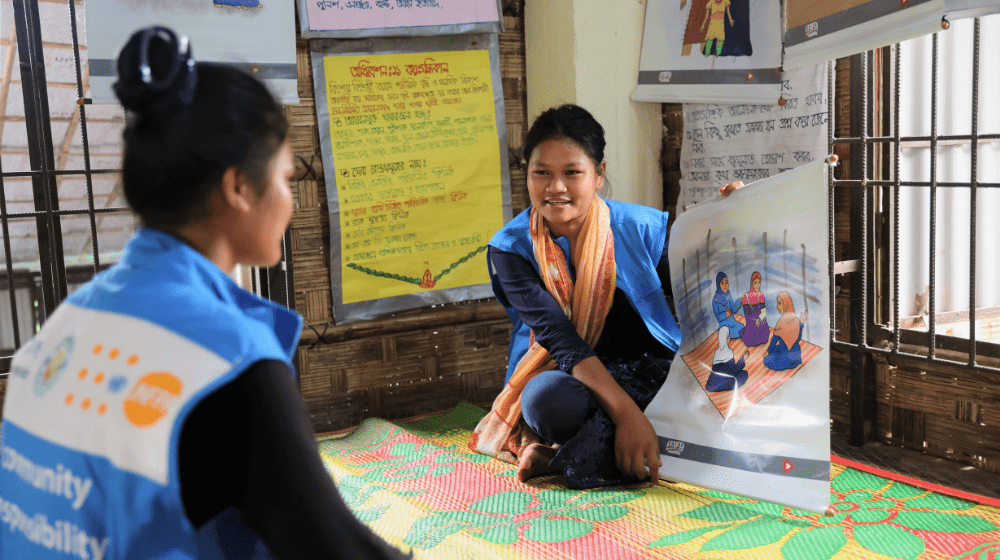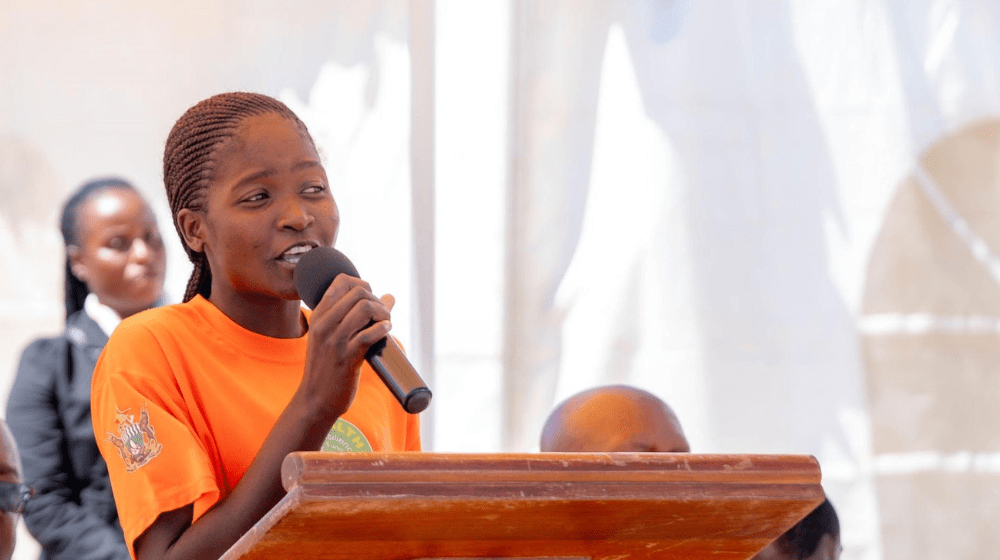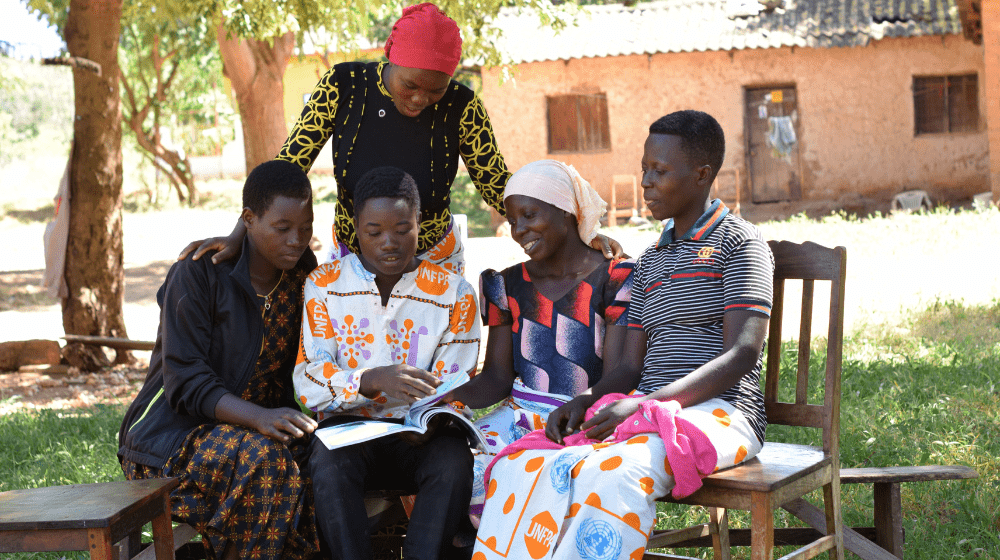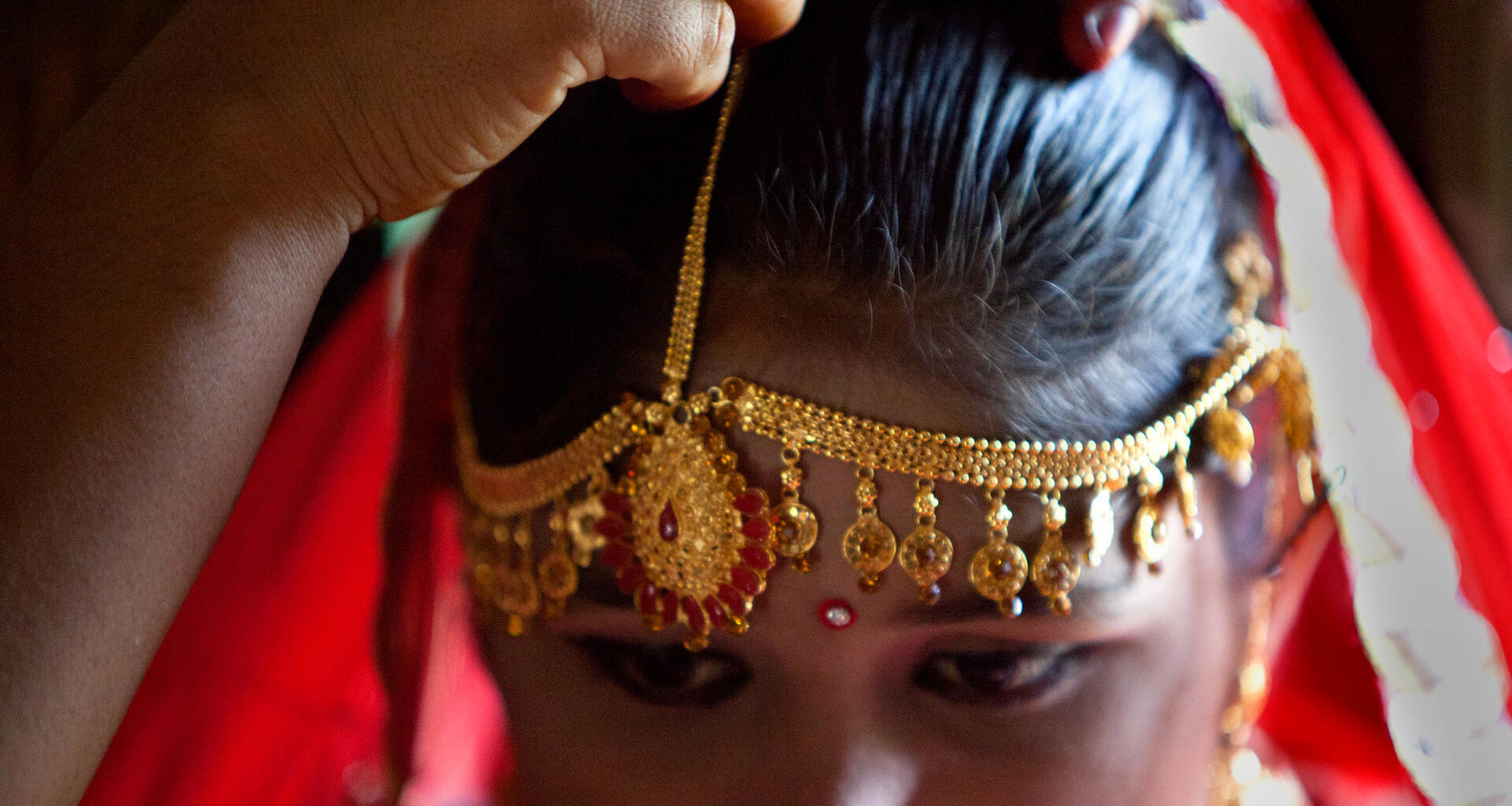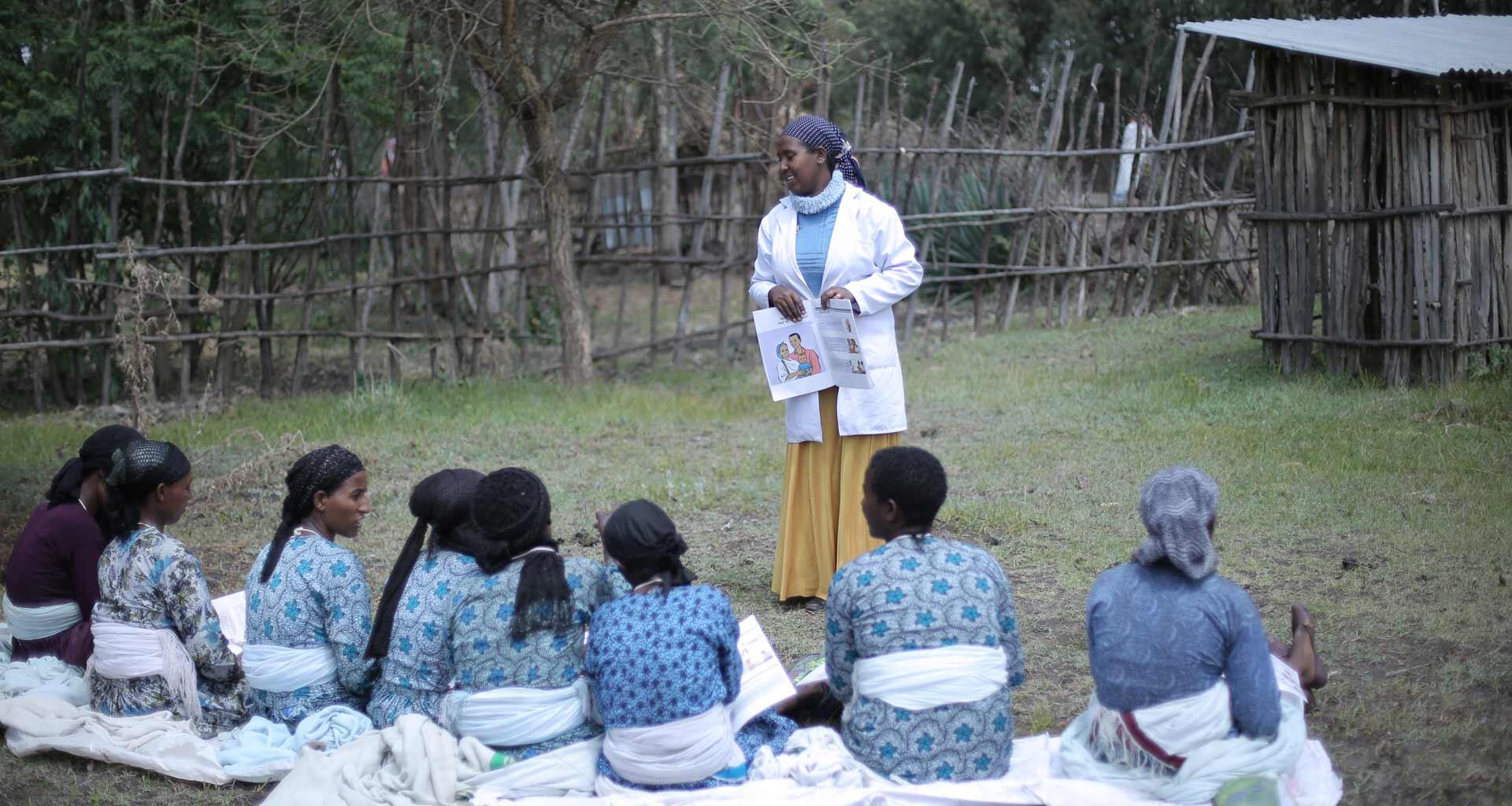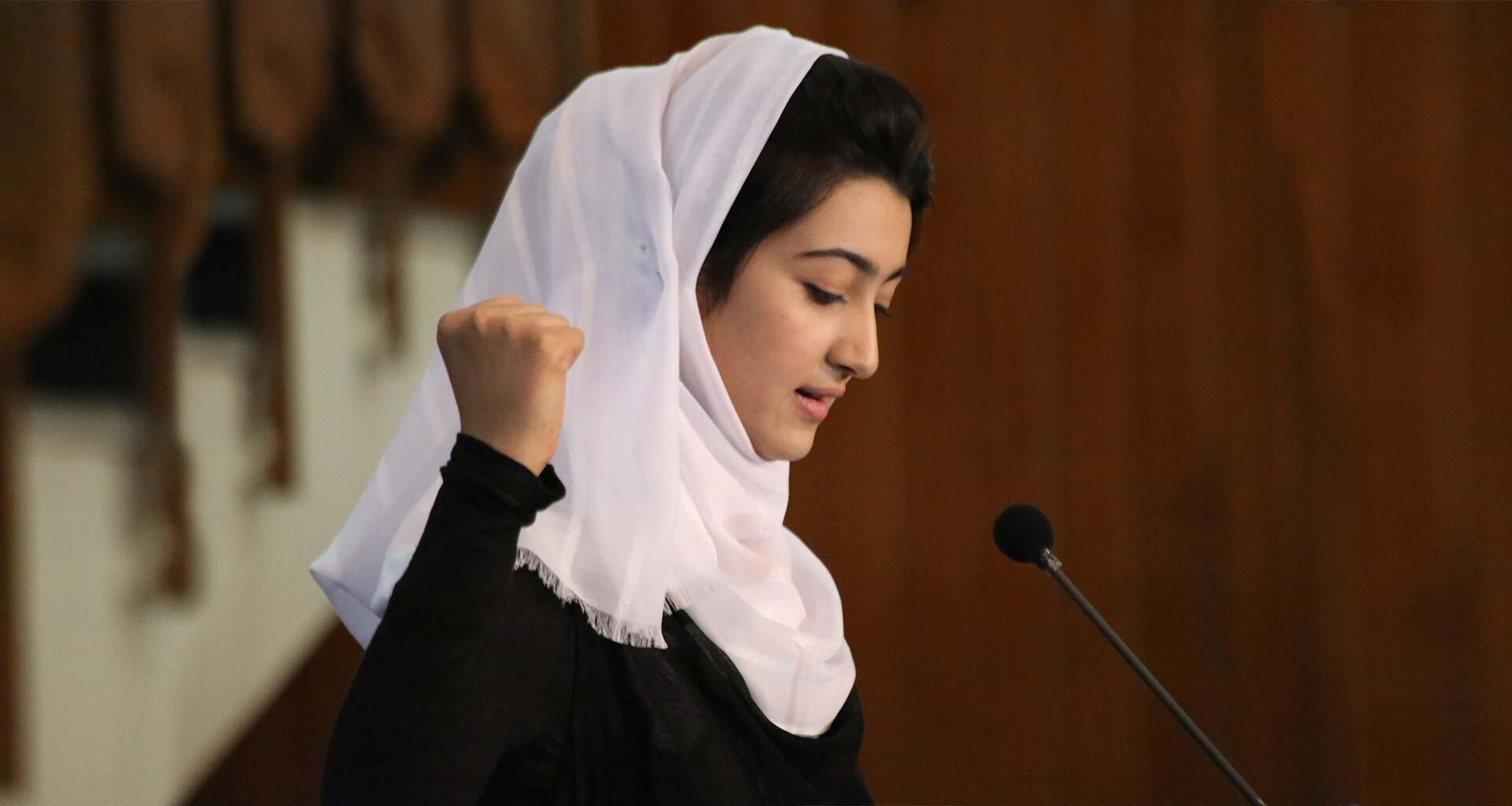When a girl becomes pregnant, her life changes radically. Her education may end, and her job prospects diminish. She becomes more vulnerable to poverty and exclusion, and her health often suffers. Complications from pregnancy and childbirth are a leading cause of death among adolescent girls.
As of 2019, adolescents aged 15 to 19 in low- and middle-income countries had an estimated 21 million pregnancies each year, resulting in an estimated 12 million births. Studies show that 55 per cent of unintended pregnancies among adolescent girls end in abortions, which are often unsafe, particularly in developing countries. Among the youngest and most vulnerable adolescent girls – those 10 to 14 years old – an estimated half million give birth every year.
Adolescent pregnancy is generally not the result of a deliberate choice – these girls often have little say over decisions affecting their lives. Rather, adolescent pregnancy is often the consequence of various factors, including little or no access to education, lack of access to sexual and reproductive health services and information, early marriage and sexual violence.
UNFPA works to address the root causes of adolescent pregnancy by focusing on interventions that promote the protection and fulfilment of adolescent girls’ rights. UNFPA supports policies and programmes that are based on evidence and human rights, and that place adolescent girls at the centre. This includes supporting access to comprehensive sexuality education in and out of school, improving the quality of sexual and reproductive health services and information, including contraceptives for young people, and promoting empowerment programmes to reach the most marginalized. UNFPA also supports girls who become pregnant and young mothers, so they can return to school, have access to opportunities and reach their full potential.
